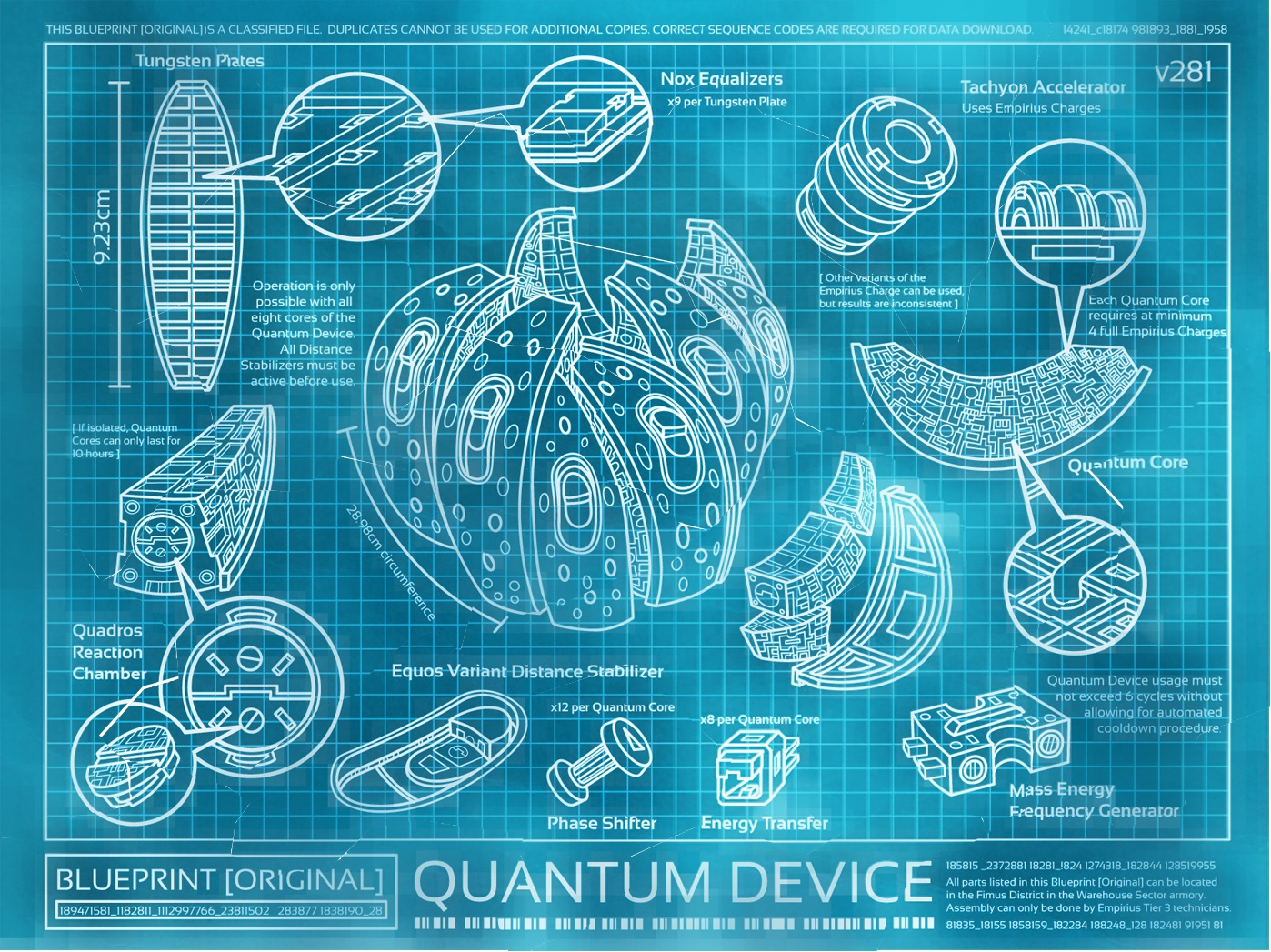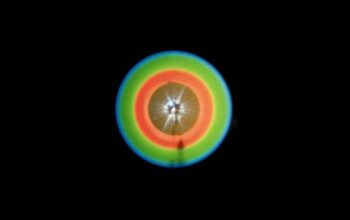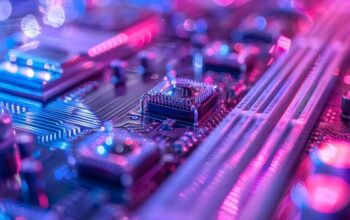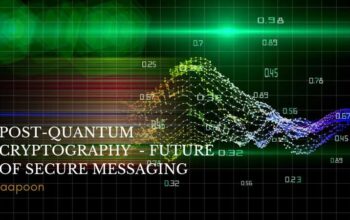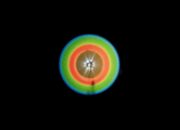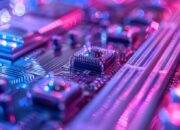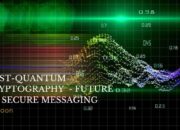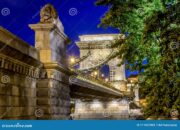In the profound realms of modern physics, the term “quantum device” encapsulates a fascinating convergence of principles governing the subatomic world. These devices, which harness the idiosyncrasies of quantum mechanics, are akin to sophisticated instruments that compose a symphony of particles, waves, and probabilities. They represent not merely tools, but vessels that navigate the uncertain waters of quantum phenomena. In exploring the essence of quantum devices, one endeavors to unravel their multifaceted nature—how they operate, their applications, and the implications they bear for the future of science and technology.
At their core, quantum devices leverage phenomena such as superposition and entanglement. Superposition allows particles to exist in multiple states simultaneously, much like a musician holding multiple notes within a single chord. This principle enables a quantum bit, or qubit, to represent both 0 and 1 concurrently, thereby exponentially increasing computational power compared to classical bits which can only embody one state at a time. Then, there is entanglement—a perplexing interconnection between particles that transcends classical understanding. Imagine two dancers, forever coordinated, regardless of the distance that separates them; a change in one dancer’s position instantaneously influences the other, no matter how far apart they are. This enchanting property is foundational to quantum communications and cryptography, offering unprecedented security guarantees against eavesdropping.
The formulation of quantum devices can be categorized into several archetypes, each utilizing distinctive approaches to exploit quantum mechanics. Quantum computers stand at the forefront, presenting an evolution from classical computing paradigms. Unlike their predecessors that execute operations linearly, quantum computers perform calculations simultaneously across numerous paths, thus tackling immensely complex problems that would render classical systems ineffective. Algorithms designed specifically for quantum architectures, such as Shor’s algorithm for integer factorization, underscore the potential of these devices to revolutionize fields such as cryptography and optimization.
Another compelling category encompasses quantum sensors, which leverage quantum properties to achieve unprecedented measurement precision. These devices can detect minuscule changes in physical quantities such as temperature, magnetic fields, or gravitational waves. A notable example is the atomic clock, which employs the consistent frequency of atomic transitions to measure time with extraordinary accuracy. The repercussions of enhanced temporal resolution permeate various sectors, influencing everything from GPS technology to fundamental physics research.
Moreover, quantum communication devices exemplify the revolutionary potential of entanglement. Quantum Key Distribution (QKD) utilizes the principles of quantum mechanics to securely share encryption keys, thereby ensuring that any attempt at eavesdropping alters the quantum state, alerting the communicating parties to interference. This intrinsic security paradigm is unprecedented; traditional encryption methods often rely on the computational difficulty of certain mathematical problems, but QKD offers an assurance grounded in the laws of physics.
Exploring the broader implications of quantum devices unveils a veritable Pandora’s box of philosophical, ethical, and technological inquiries. As quantum technologies proliferate, the bifurcation between quantum and classical realms poses questions about privacy, security, and the essence of information itself. What does it mean to possess absolute security rooted in the unyielding laws of nature? How should society navigate the disruptions birthed from these capabilities, particularly in the realms of cryptography and secure communications?
Moreover, as these advanced systems continue to cascade into the consumer market, the societal fabric will inevitably transform. Quantum devices may lead to a redefinition of computational prowess, establishing a new quintessence of technological supremacy. Industries from pharmaceuticals to finance are already aligning themselves to leverage the quantum advantage; in doing so, they must reconcile innovation with ethical considerations. How do we ensure equitable access to the advancements borne from quantum technologies? The answer necessitates a concerted and informed dialogue amongst stakeholders, scientists, policymakers, and the public.
As we stand on the precipice of the quantum age, the tapestry of possible applications expands irresistibly. Quantum devices are not merely instruments of calculation or communication; they represent a paradigm shift in understanding reality itself. The merging of physical phenomena with technological applications reflects a renaissance in our relationship with the natural world. These devices extend human ingenuity beyond mere tools into realms where the very fabric of existence is manipulated, inviting a profound exploration of the cosmos. The interplay between quantum mechanics and technology engenders an unprecedented narrative filled with potential and responsibility, hinting at a future where the boundaries of science fiction converge seamlessly with scientific reality.
In conclusion, quantum devices embody more than advanced technology; they are heralds of a new epoch in scientific inquiry and philosophical reflection. The splendor of their operational principles, the elegance of their designs, and the profundity of their implications for society and individual existence beckon a closer examination. As we venture forth, navigating this uncharted territory of quantum devices, we must cultivate both awe and caution—a symphony of ambition anchored by the enduring anchor of ethical consideration. Through this dual lens, one begins to appreciate the remarkable journey that lies ahead in the quantum frontier.
